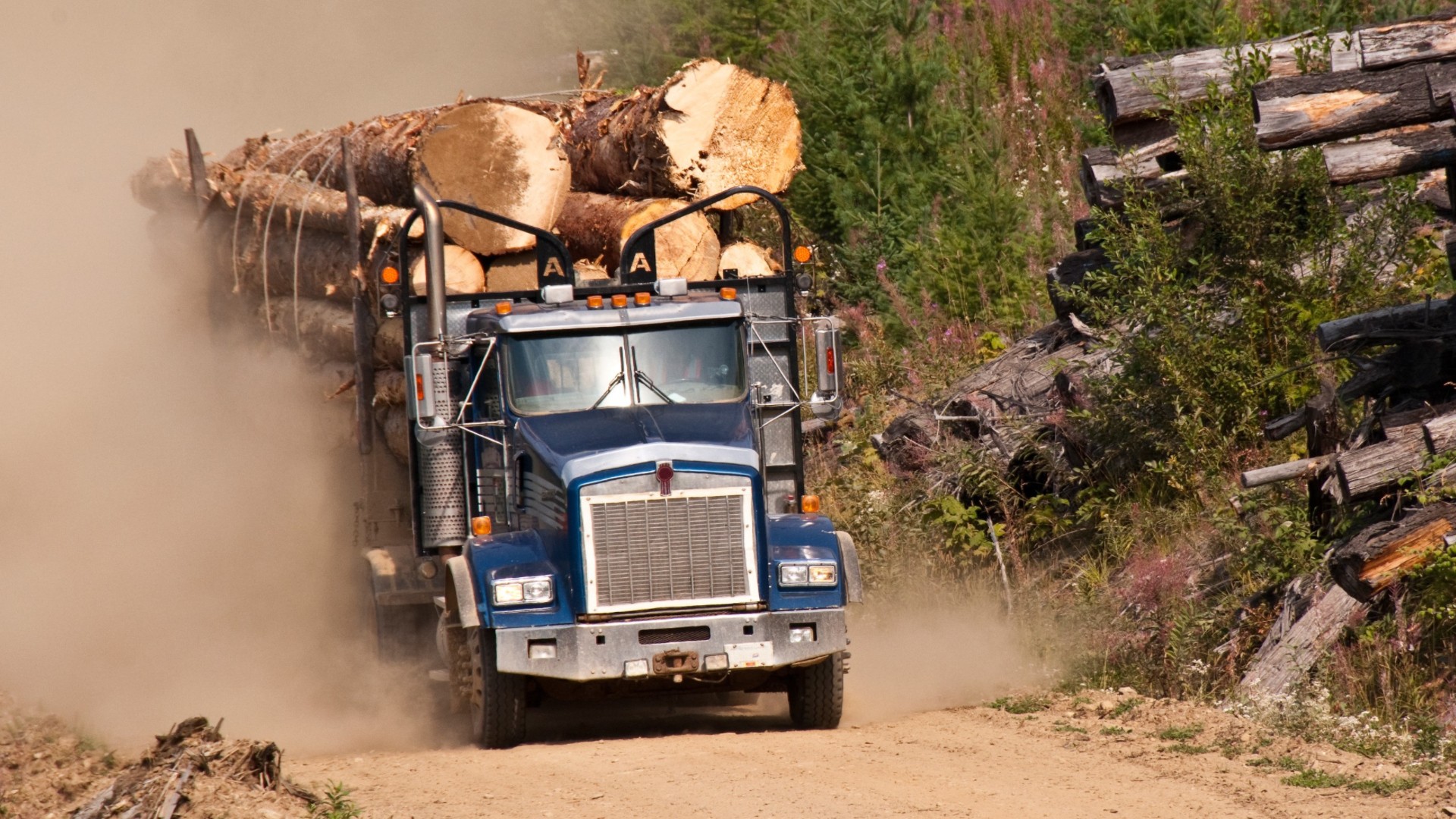Log Graders & Scalers
Log Buyer, Log Grader, Log Scaler, Scaler
 Select a military branch to see samples.
No similar titles were found.
Select a military branch to see samples.
No similar titles were found.
Unit Supply Specialist
No similar titles were found.
No similar titles were found.
Builder
No similar titles were found.
What they do:
Grade logs or estimate the marketable content or value of logs or pulpwood in sorting yards, millpond, log deck, or similar locations. Inspect logs for defects or measure logs to determine volume.
On the job, you would:
- Evaluate log characteristics and determine grades, using established criteria.
- Record data about individual trees or load volumes into tally books or hand-held collection terminals.
- Measure felled logs or loads of pulpwood to calculate volume, weight, dimensions, and marketable value, using measuring devices and conversion tables.
Knowledge
Manufactured or Agricultural Goods
- manufacture and distribution of products
Math and Science
- arithmetic, algebra, geometry, calculus, or statistics
Business
- customer service
- management
Skills
Basic Skills
- listening to others, not interrupting, and asking good questions
- thinking about the pros and cons of different ways to solve a problem
Problem Solving
- noticing a problem and figuring out the best way to solve it
Abilities
Verbal
- communicate by speaking
- listen and understand what people say
Ideas and Logic
- notice when problems happen
- group things in different ways
Hand and Finger Use
- hold or move items with your hands
- keep your arm or hand steady
Math
- add, subtract, multiply, or divide
Personality
People interested in this work like activities that include data, detail, and regular routines.
They do well at jobs that need:
- Attention to Detail
- Dependability
- Cautiousness
- Integrity
- Perseverance
- Achievement Orientation
Technology
You might use software like this on the job:
Data base user interface and query software
- AS/400 Database
- Microsoft Access
Presentation software
- Microsoft PowerPoint
Spreadsheet software
- Microsoft Excel
Education
Education: (rated 2 of 5)
high school diploma/GED or
some college
usually needed
some college
usually needed
Get started on your career:
Apprenticeship.gov
Job Outlook
Below Average
New job opportunities are less likely in the future.
Explore More
- Graders & Sorters, Agricultural Products
- Inspectors, Testers, Sorters, Samplers, & Weighers
- Laborers & Freight, Stock, & Material Movers, Hand
- Logging Equipment Operators
- Weighers, Measurers, Checkers, & Samplers, Recordkeeping
You might like a career in one of these industries:
See more details at O*NET OnLine about Log Graders & Scalers.





